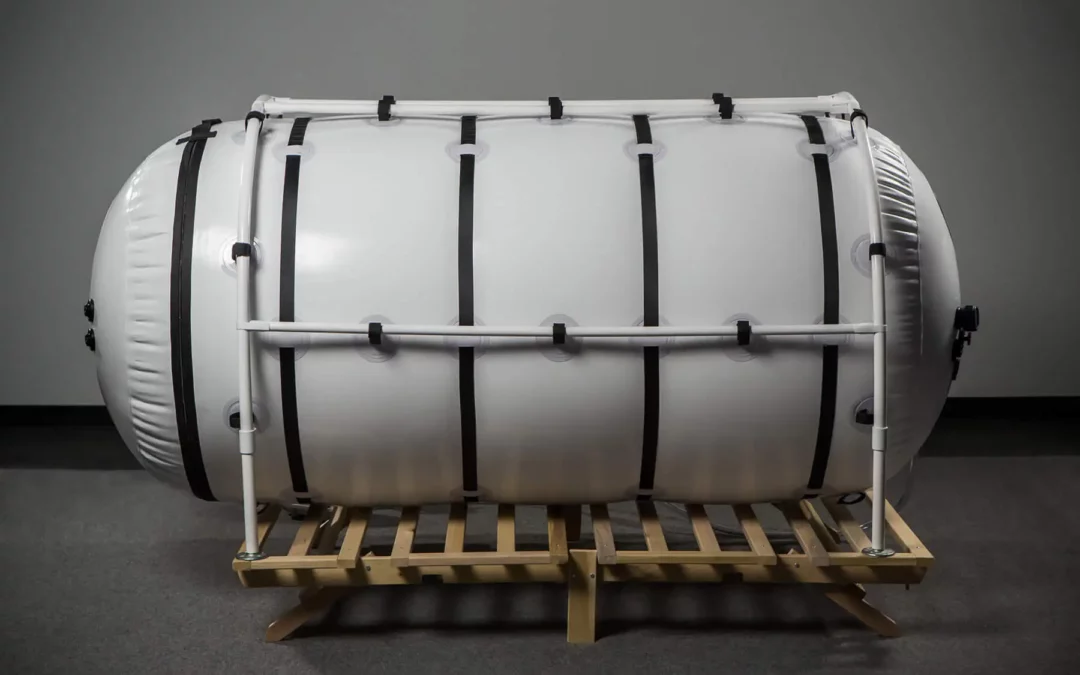HBOT is a treatment where patients breathe pure oxygen under high pressure. It’s used for conditions like diabetic ulcers and carbon monoxide poisoning. It’s known to help grow new blood vessels and protect cells from stress, which could make it useful for different injuries. This study looks at how HBOT affects tiny blood vessel cells (HMEC-1) on a molecular level, to understand its role in healing wounds and getting patients ready for surgery.
Materials and Methods
- Cell Culture and Treatments: Scientists grew HMEC-1 cells and exposed them to HBOT for an hour, like it’s done in hospitals.
- RNA Isolation and Microarray Analysis: They took out RNA (a type of molecule) from the cells and used a fancy method to see which genes were changed by HBOT.
- Pattern-Based Clustering: They grouped genes that acted in similar ways to figure out what changes were happening.
- Ingenuity Pathway Analysis: They looked at sets of genes that were affected and what they do in the body.
- Validation and Expansion: The researchers checked if the gene changes were real using a precise method. They also tested if these changes made the cells better at resisting stress, growing, and forming blood vessel
Results
- HBOT affected 8,101 genes in HMEC-1 cells, making some work harder and others not as much.
- Genes that protect cells and help with stress were working harder, which is good for cell health.
- HBOT seemed to boost the cell’s ability to fight stress, especially when compared to just pure oxygen.
- Tests showed that HBOT made cells better at resisting stress, growing, and forming blood vessels.
This study tells us how cells react to HBOT at the molecular level. The fact that genes that help cells resist stress and fight stress are turned on suggests that HBOT makes cells better at dealing with stress. This could be important for helping wounds heal and preparing patients for surgery. It also hints at how HBOT might help cells grow and form blood vessels, which could be good for various medical conditions.
Conclusion
HBOT changes how genes work in tiny blood vessel cells, making them more resistant to stress and better at forming blood vessels. This molecular insight supports using HBOT to help wounds heal and get patients ready for surgery, offering hope for many medical conditions. But more research is needed to fully understand how HBOT works and how to use it best in medicine.
Source
Godman, C. (2010, July 1). Hyperbaric oxygen induces a cytoprotective and angiogenic response in human microvascular endothelial cells. National Library of Medicine. https://www.ncbi.nlm.nih.gov/pmc/articles/PMC3082642

